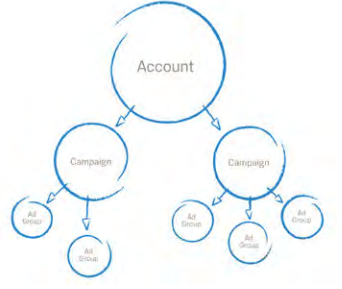11.3: Defining search advertising
- Page ID
- 24923
As discussed, search advertising involves placing online advertisements on search engine results pages to connect your product with consumers who are likely to be in the buying phase of the customer lifecycle.
Search engines display results to search queries based on proprietary algorithms. Each major search engine uses its own formula to determine what results to display for any term. The vast majority of searchers don’t click through to the second page of results (less than 10% of people do), which means they are likely to find what they’re looking for on the first page (Sharp, 2014). With search engines getting so much traffic, and delivering so much value, they need to find a way of generating revenue.
With so many search engines out there, which platform should you choose?
There are some small differences from platform to platform in terms of editorial policy, and each system has a different user interface. There is some theory that different platforms are better for different industries, for example, that Yahoo! fares better than Google on travel advertising. However, this is subjective, and most large advertisers will run PPC campaigns on a number of platforms. As with most things in digital marketing, it is all about testing.
Google AdWords is the best known and is considered the industry standard; it allows users to transact in the currency of their choice, is tied to a comprehensive analytics tool, and offers training programmes and certifications. Google AdWords also currently has the best contextual and geographical targeting worldwide, although geo-targeting is also offered by Bing Ads, Facebook Ads, LinkedIn Ads and YouTube video ads (which is closely linked to AdWords).
Structuring your search advertising campaign
When you start running search advertising, you shouldn’t just create a whole stream of ads, you need to have a plan.

Your AdWords account is your home for all the ads you are currently running, and it should be structured to reflect your business and marketing strategy. Within your account, organise your search adverts in groupings, called campaigns, according to your strategy and the ads you are running. Within each campaign, you should have ad groups; these are sets of ads that have a common characteristic or focus. For example, if you are selling books online, you may have ad groups focused around a specific genre, author, event and special offer, as well as some ad groups around general themes such as promoting local stores, or making online sales.
Many search advertisers create ad groups for branded terms, competitor terms and generic key phrases related to the industry.
Structuring your account in this way will help you to easily oversee your advertising spend, determine the effectiveness of your ads, manage your ads and bids, and switch off any ads that aren’t working effectively.


